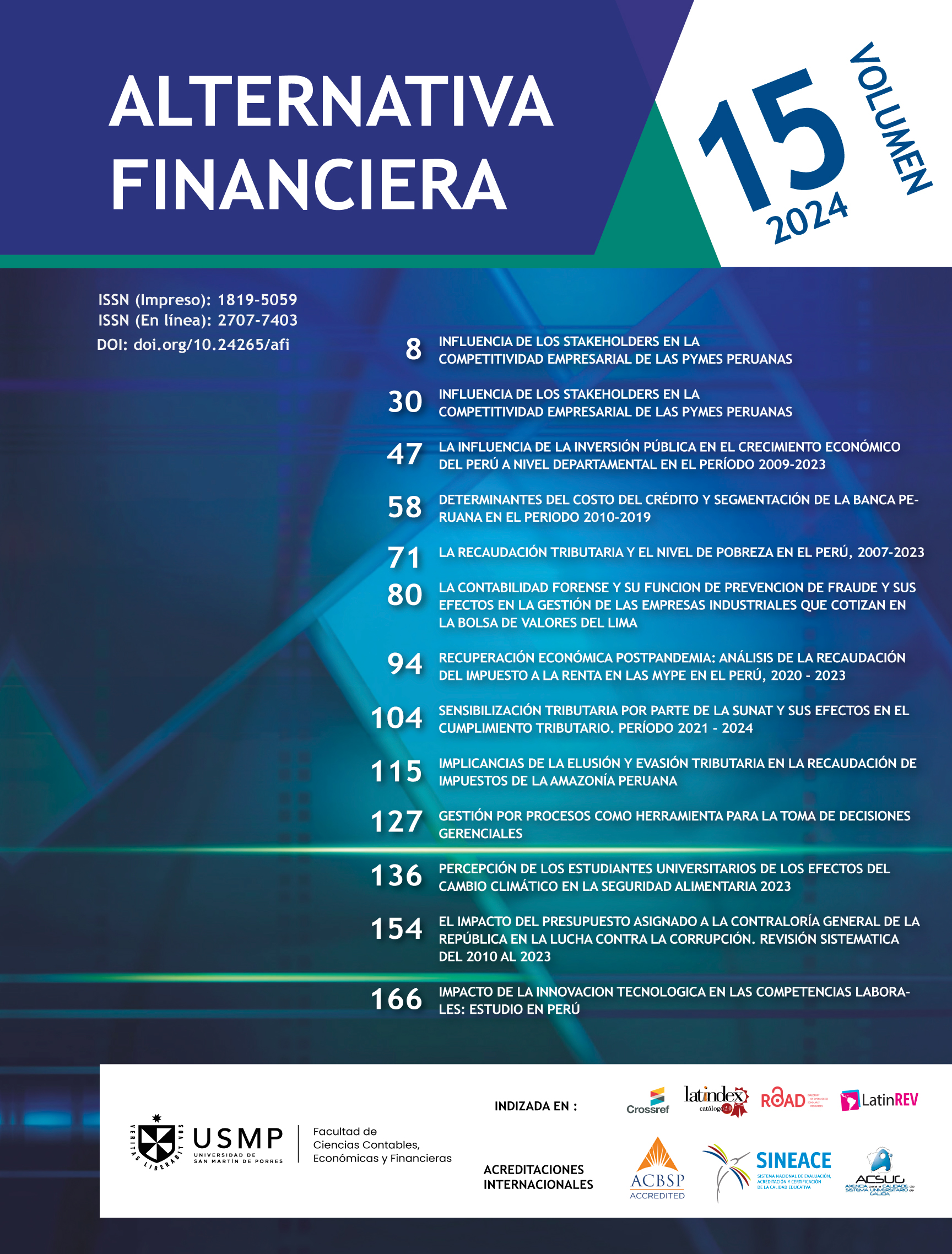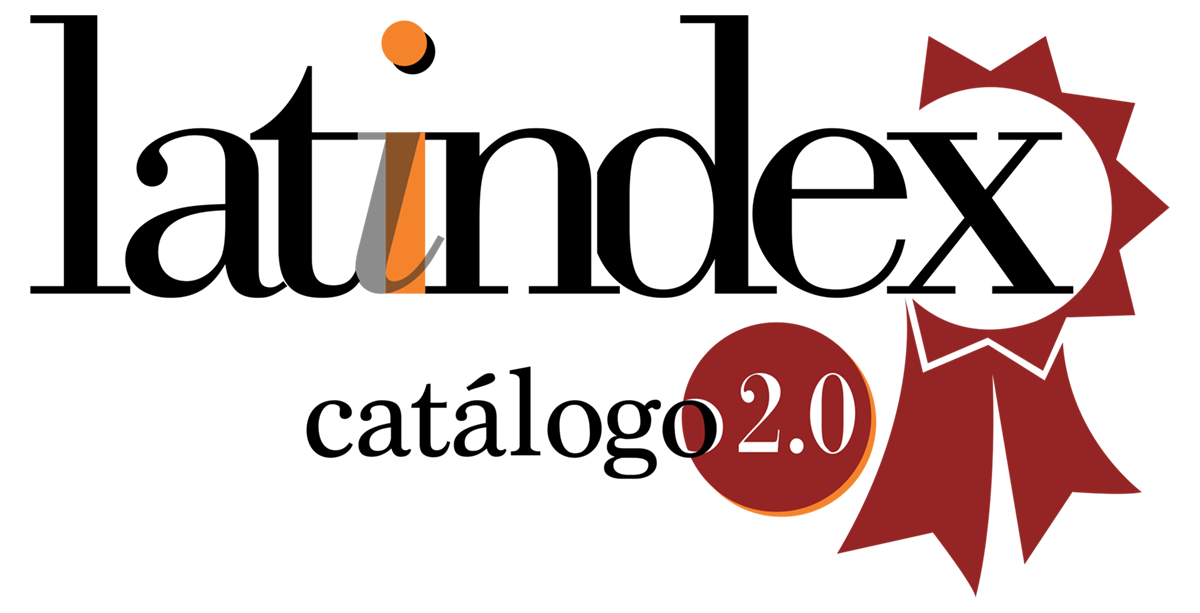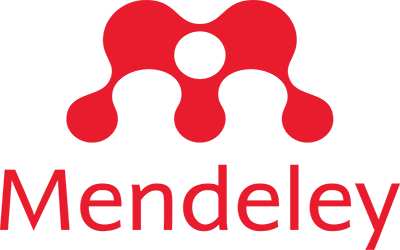THE INFLUENCE OF PUBLIC INVESTMENT ON THE ECONOMIC GROWTH OF PERU AT THE DEPARTMENTAL LEVEL IN THE PERIOD
Keywords:
datos de panel, Test de Haussman, efectos aleatorios, PBI, inversión publicaAbstract
The main objective of this research article is to analyze the influence of public investment in the economic growth of Peru at the departmental level in the period 2009-2023. Above all, it will allow us to highlight the Keynesian theory, whose study is based on the fact that state interventionism is essential for the economic growth of a country, starting from
the increased consumption of domestic demand. The research design is non- experimental and longitudinal. The study is quantitative, focusing on data collection and the respective statistical analysis to validate the theories aforementioned; the data were obtained from secondary sources. In addition, the materials used for the estimation of the model were the econometric software Eviews 13 and Microsoft Office Excel. The econometric results show that the effect of a public investment shock in the short term does not produce an immediate positive result; however, it becomes positive in the medium and long term.
KEYWORDS: panel data, Haussman Test; random effects; GDP; public investment.
Downloads
References
Haussman, J. (1978). Pruebas de especificación en econometría (Vol. 46). Obtenido de https://www.jstor.org/stable/1913827
Ponce, S. (2013). Inversión pública y desarrollo económico regional. Obtenido de https://www2.congreso.gob.pe/sicr/cendocbib/con4_uibd.nsf/8CF6AD68B35BEC9105257C58005F084F/$FILE/PONCE_SONO_STEFAHNIE_SOFIA_INVERSION.pdf Trujillo, Gustavo. (2017). Econometría con Eviews Oficina General de Investigación, Universidad Nacional de Cajamarca
Downloads
Published
Issue
Section
License
Copyright (c) 2024 Gustavo Trujillo Calagua

This work is licensed under a Creative Commons Attribution-NonCommercial-ShareAlike 4.0 International License.
Creative Commons Atribución-NoComercial-CompartirIgual 4.0 Internacional (CC BY-NC-SA 4.0). Faculta a los usuarios a compartir: copiar y redistribuir el material en cualquier medio o formato y adaptar: remezclar, transformar y desarrollar el material, siempre y cuando se acredite al autor original, no se utilice con propósitos comerciales y las nuevas creaciones se licencien bajo los mismos términos de esta licencia.













